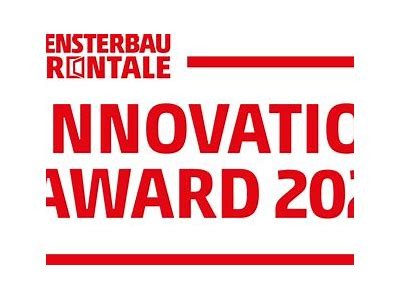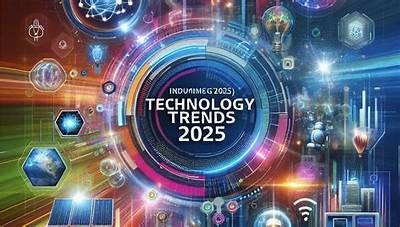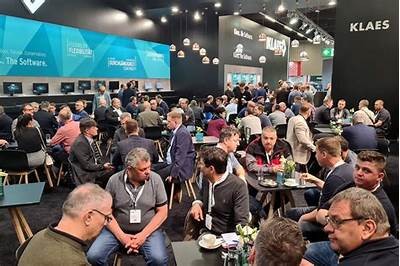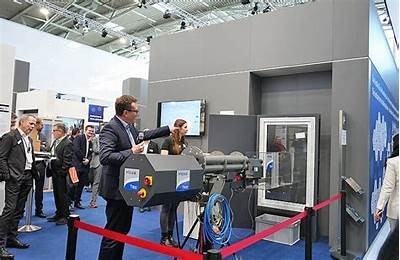As the architectural landscape evolves, the integration of innovative trends and technologies becomes even more critical. Fensterbau 2026 is anticipated to showcase a myriad of advancements in window construction, addressing the growing demand for sustainability, aesthetic appeal, and technological integration. This article delves into the notable innovations expected to revolutionize modern architecture and design through the lens of Fensterbau 2026.

One of the primary trends at Fensterbau 2026 is the emphasis on sustainability. As environmental concerns become more pronounced, architects and manufacturers are seeking ways to reduce energy consumption and enhance the ecological footprint of buildings. Innovations such as triple-glazed windows, energy-efficient frame materials, and the use of recycled materials are gaining traction. These advancements not only contribute to a building's energy performance but also align with global sustainability goals.

Another significant trend expected to dominate Fensterbau 2026 is the emergence of smart window technologies. Smart windows are designed to optimize natural light while minimizing energy loss, thus contributing to energy efficiency. Technologies such as electrochromic glass, which allows the glass to change its tint based on sunlight exposure, and photochromic windows that react to UV light, are gaining popularity. These smart solutions enhance occupant comfort and provide adaptive energy savings, making them a staple in modern designs.

While functionality and sustainability are paramount, aesthetics remain a crucial aspect of modern architecture. Fensterbau 2026 is likely to highlight innovative design elements that redefine window aesthetics. Architectural glass with unique textures, colors, and shapes will offer architects new horizons in creative expression. The integration of large, floor-to-ceiling windows and biophilic design elements will create harmonious living environments that promote well-being and connection to nature.

Technological advancements also play a vital role in enhancing window performance. At Fensterbau 2026, innovations such as improved thermal insulation, noise reduction technologies, and impact-resistant materials will be on display. These advancements not only improve the comfort and safety of building occupants but also extend the lifespan of window systems. Increasingly sophisticated design software and simulation tools will allow architects to optimize window performance while minimizing environmental impact.

The construction industry is witnessing a shift towards automation and robotics, and Fensterbau 2026 is expected to showcase these technologies in window manufacturing. Automated production lines and robotic assembly processes enhance efficiency and precision, resulting in high-quality window products. This trend not only streamlines the construction process but also reduces labor costs, allowing architects and builders to focus on creative solutions and innovation. Integration of Renewable Energy Solutions
As energy efficiency remains a key concern, Fensterbau 2026 will likely highlight the integration of renewable energy technologies. Photovoltaic windows are set to become a staple in modern architecture, allowing buildings to harness solar energy while maintaining functionality and aesthetics. These systems not only reduce dependence on conventional energy sources but also contribute to energy self-sufficiency, an essential goal for modern architectural design. Conclusion: The Future of Fensterbau and Architectural Innovation
The insights gained from Fensterbau 2026 will undoubtedly shape the future of modern architecture and design. As sustainability, technological advancements, and aesthetic innovation converge, architects will have the tools necessary to create functional, beautiful, and environmentally responsible buildings. The trends and technologies showcased at this event will lead to a new era of architectural innovation, where windows are not just structural elements, but key components in creating livable, sustainable spaces. Tags